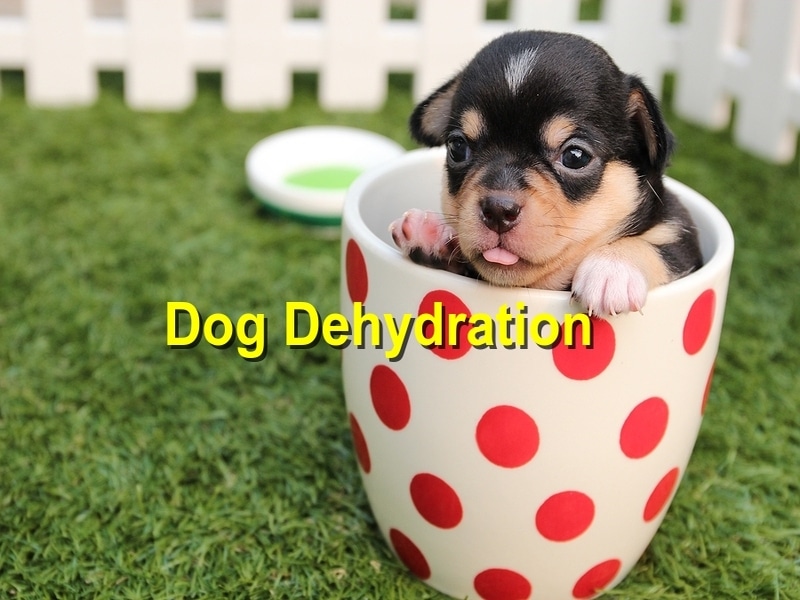Dehydration is simply a state whereby the body lacks sufficient water due to excessive loss of water and little intake. Dehydration is common in the hot summer months and it poses a major challenge for many pet owners, especially with the threat of a fatal heatstroke. The problem can make your dog develop serious issues with its internal organs, body temperature, joints, and digestion. In today’s post, we are going to share with you the common signs of dehydration and what you need to do in order to navigate the situation in case it comes your way.
Dehydration Symptoms
For starters, it may be difficult to spot dehydration in dogs. The quickest dehydration test which involves pulling the skin of the dog and releasing it. The skin of a dehydrated dog will be elastic and return quickly to its position. Other symptoms of dehydration include xerostomia, which is basically the loss of moisture in your dog’s gums making them dry and sticky with thick saliva. Moreover, a dehydrated dog will exhibit panting possibly due to the overheating caused by the dehydration. Lethargy and drooling are common in dogs experiencing dehydration and should be taken seriously. Nevertheless, dehydrated dogs will develop sunken eyes and a loss of moisture in the nose.
Causes of Dehydration
Dehydration can be caused by a number of reasons some of which are by the environment. A very hot environment leading to heatstroke may lead to excessive loss of water as the dog tries to cool down. Moreover, health conditions like fever, vomiting, and diarrhea may lead to serious loss of water leading to dehydration, especially if not compensated through drinking. Finally, insufficient fluid intake could make your dog dehydrated.
How to Deal with Dehydration in your Dog
Once you observe the signs of dehydration listed above, it is important to take immediate action to prevent serious repercussions. We recommend remedies like providing plenty of fresh, cool water to not only hydrate the dog but also cool it down. You can also prevent the situation from occurring by placing your dog under a shed in hot weather in order to prevent excessive loss of moisture.
Conclusion
Dehydration is a common challenge for many dog owners, especially in hot weather. With the summer months approaching, we recommend taking the above information seriously to prevent serious repercussions.
References: AKC, MemphisVeterinary, VeterinaryEmergencyGroup





